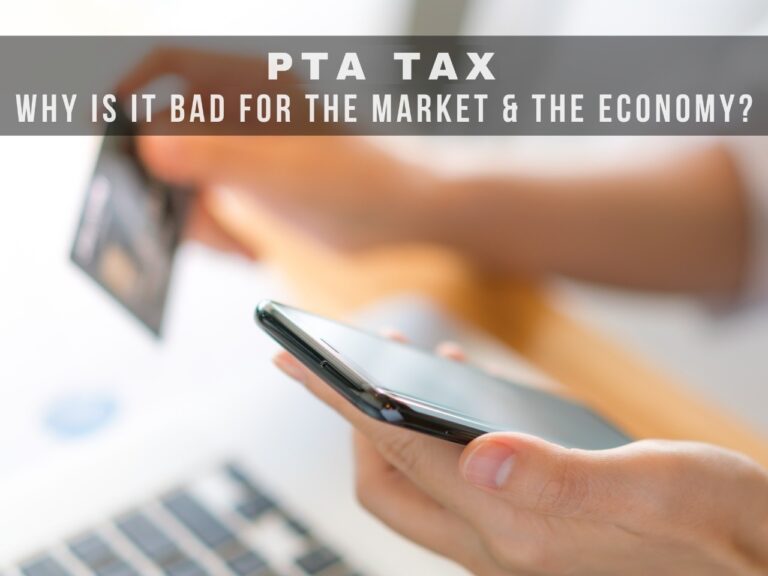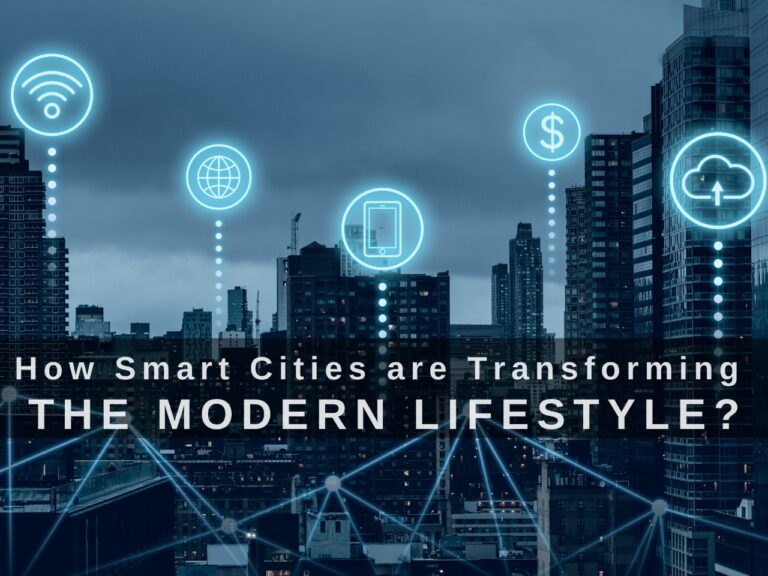“Made or produced by human beings rather than occurring naturally”
the definition Google displays when you search for the term Artificial. I think the same can be said about Artificial Intelligence (AI) as well – that it’s artificially intelligent because it consumes whatever a human would feed it into and exactly where Machine Learning (ML) comes into play!
The scope of technology has scaled to new heights in recent times especially more so after the Covid 19 outbreak. In 2018 the world witnessed the technology giant Apple taking control of the global economic steering wheel by becoming the world’s first trillion-dollar company.
The current global economic flows are mainly being driven by the exponential progress of silicon.
The biggest currency repository globally is being driven by cryptocurrencies powered and captured by automation.
Having said all the above, what’s more, important is that this paradigm shift subsequently creates challenges for technology to be used to its full potential.
One of the main challenges that continue to be the centre of hot debate is how to transition from the current economic model — into a new model driven by artificial intelligence and machine learning?
It is argued that AI, in the long run, will benefit skilled workers by facilitating them with ways to increase productivity while also increasing the degree of flexibility, creativity, but it is also argued — that this might not be the case since AI-powered robots could increasingly displace highly educated and skilled professionals without human error, such as doctors, architects, and even computer programmers.
While it may seem that AI and ML have all the answers to solve complex problems that mankind has been dealing for the past thousands of years and has the potential to reshape the global economy and societies around the globe, what the real potential of AI or the dire consequences it may have will remain unknown for many years to come.
Let us remember that in the distant future wars may not merely involve land, natural resources, and/or people, but an AI-dominated future could well result in the greatest concentration of resources and power the world has ever known.
But as more and more thought and research is invested and devoted to exploring all the questions raised, it makes me wonder where Pakistan lies during the era of the technology revolution.
Let’s examine some of the initiatives centred around AI in Pakistan and has this topic even been broached yet or has it only begun to be the subject of a meaningful discussion, let’s find out…
The Buzzword Slides Into the Corridors of Power
The PML-N government had its fair share of contributions and through its vision 2025, had aimed at embarking on the quest to explore and benefit from the potential of artificial intelligence in Pakistan.
As part of this quest, an estimated 1.1 billion rupees was spent in a time span of 3 years. Here are some of the works:
- A total of nine labs (out of which):
- 2 at NUST for Intelligent Robotics and Deep Learning
- 2 at NED UET Karachi on Smart City and Neural-computation
- 1 at the CIIT to work on Medical Imaging And Diagnostics
- 1 at UET Lahore on Intelligent Criminology
- 1 at Punjab University of Computational Modeling
All positioned and placed under the shadow of the Higher Education Commission (HEC) of Pakistan
- Plus a National Centre of Artificial Intelligence was also launched back in March 2018.
The incumbent Government has also launched an initiative with an aim to educate and teach the youth in areas of Blockchain, IoT, Cloud Computing and Artificial intelligence.
The President’s initiative on Artificial intelligence (AI) and Computing (PIAIC), was launched in November 2018, with a special interest taken by the President to help Pakistan become a key player in the “fourth” industrial revolution.
PIAIC offers both online and offline classes and consists of study plans organised for 144 credit hours per year (52 weeks). The fee structure has also been designed to provide flexibility and facilitate students to start the learning experience without worrying too much about the fees.
The fees can be paid in 4 quarters with the first quarter cost ranging from PKR 1500 to 3000. Students can also benefit from the dedicated groups and conversation mediums on different channels like Slack, Facebook Groups, and Telegram Groups regarding PIAIC courses.
The Pakistan Air Force (PAF) has also joined the wave by inaugurating ‘Centre of Artificial Intelligence and Computing in August 2020.
The main aim is to lead the artificial intelligence research and development efforts in both civil and military spheres, leveraging the latest technology for warfare in the 21st century and harnessing the potential of artificial intelligence and its integration in PAF’s operational domain as indicated by the Chief of the Air Staff Air Chief Marshal Mujahid Anwar Khan.
Private Sector To the Rescue of AI
We look towards the private sector when the public sector doesn’t have much to offer. Several organizations and startups that are advancing in the field of AI while also contributing to the GDP of the country. Let’s take a look at some of the promising initiatives taken by the private sector:
Formerly known as the Koshish Foundation Research Lab now called The Research Center for Artificial Intelligence is one such organization that has focused its efforts to explore the world of AI.
Their projects aim to use AI and ML to build more effective weather monitoring stations across Pakistan as well as working on a Smart Irrigation System such as creating a waste-reducing irrigation system using AI in partnership with the German Research Center for Artificial Intelligence.
BaseH technologies is one of the promising startups of Pakistani that has created an Ai newsreader, and news writer named Dante.
10PEARLS, a digital solutions company provides DevOps, SecOps, mobile app development, customer experience, and artificial intelligence services to revolutionize the business models of today.
10Pearls extended its global footprint by acquiring PowerStorm (a digital transformation company) with offices in the US and Philippines.
AQUA AGRO is a startup that uses advanced AI-based solutions to grow more crops without having to wastewater and prioritize conservation of water sources.
Their intelligent system uses IoT-enabled devices to monitor real-time field conditions and regulate the crop water needed to be based on the analysis of the accumulated data.
COWLAR consists of a strap designed to fit around a cow and a small magic box that measures real-time temperature, activity and cow behaviour, i.e. whether it’s eating, sleeping, ruminating or showing lameness.
The easy to install Cow router is completely solar-powered and can be installed by anyone in just 20 minutes. It uses cellular connectivity to pass this information to our servers and the data is gathered using machine learning & dairy science based on each cow’s individual breed.
AI and It’s Future in Pakistan
As Pakistan struggles to meet the rapid pace of innovation worldwide, it’s important that all stakeholders are involved and careful steps are taken that direct these initiatives where the most benefit can be extracted.
Improving the standards of education is necessary to follow the pursuit of technology. Now that Pakistan has become even more connected to China, we must use this relationship to better equip ourselves in the field of tech.
There is no shortage of talented individuals in this country, and also has an abundance of skilled labourers. But there is a consensus that our human resources with respect to software engineers lack the necessary skill set that the current market demands.
I believe if this gap is filled, it would bring us back on the track of economic development through leveraging technology. If necessary steps were taken earlier to bring out advancement in AI and ML, a lot of the damages caused by the Pandemic (Covid 19) could have been mitigated through advanced tools and software such as AI software that assist doctors to comprehend the respiratory mechanics of a patient going towards ARDS, and when taken on a mechanical ventilator, recommends settings according to the needs of the patient etc.
As always if you enjoyed reading, we hope that you can share among interested people such as yourself.
Everything you see here – and more is powered by your Support. You can always pitch in by clicking the buttons below.
Experienced and energetic marketing specialist with over 7 years of experience – Khayyam loves to share his thoughts on startups, disruptive innovation, and whatever piques his interest.





